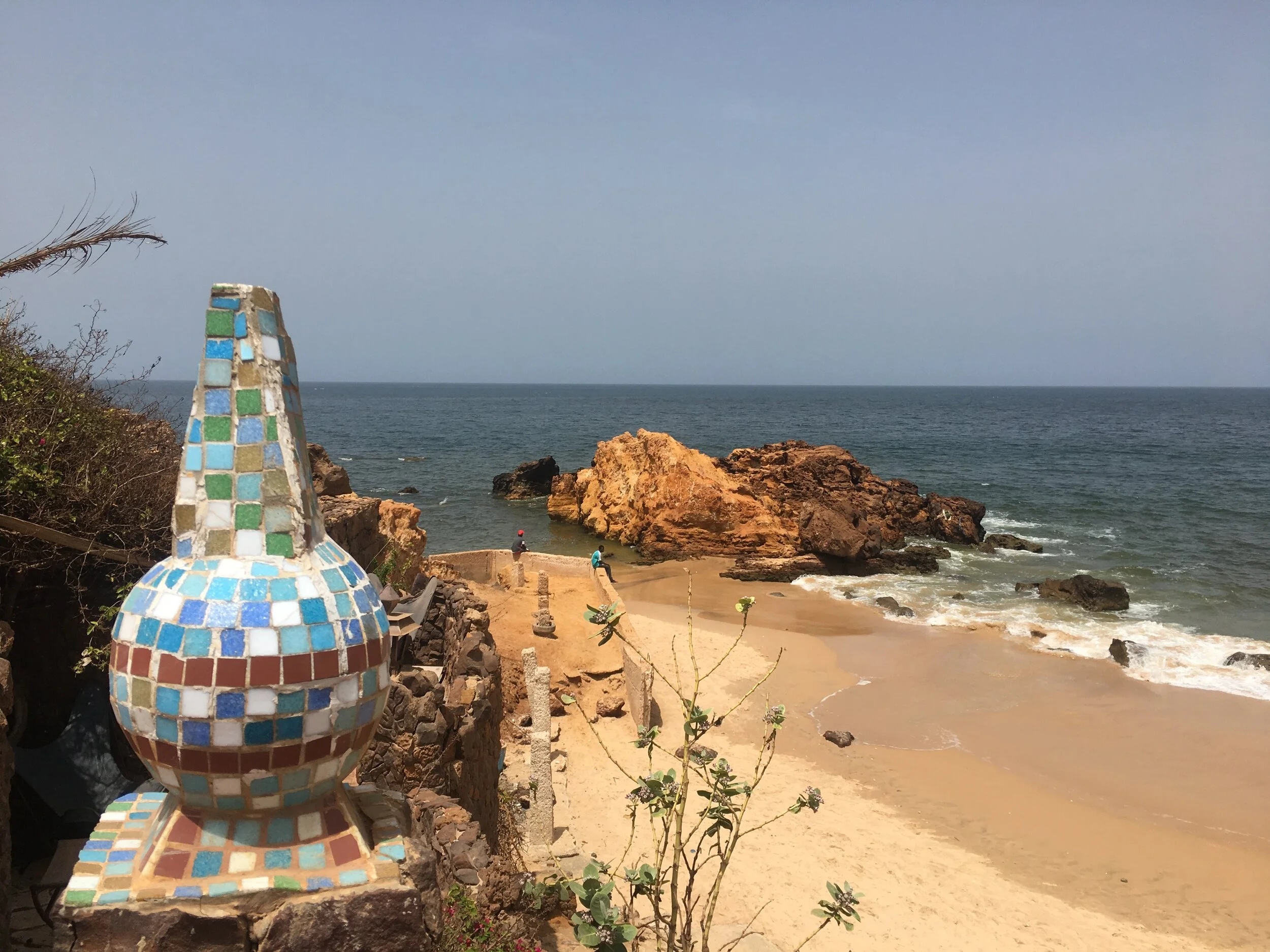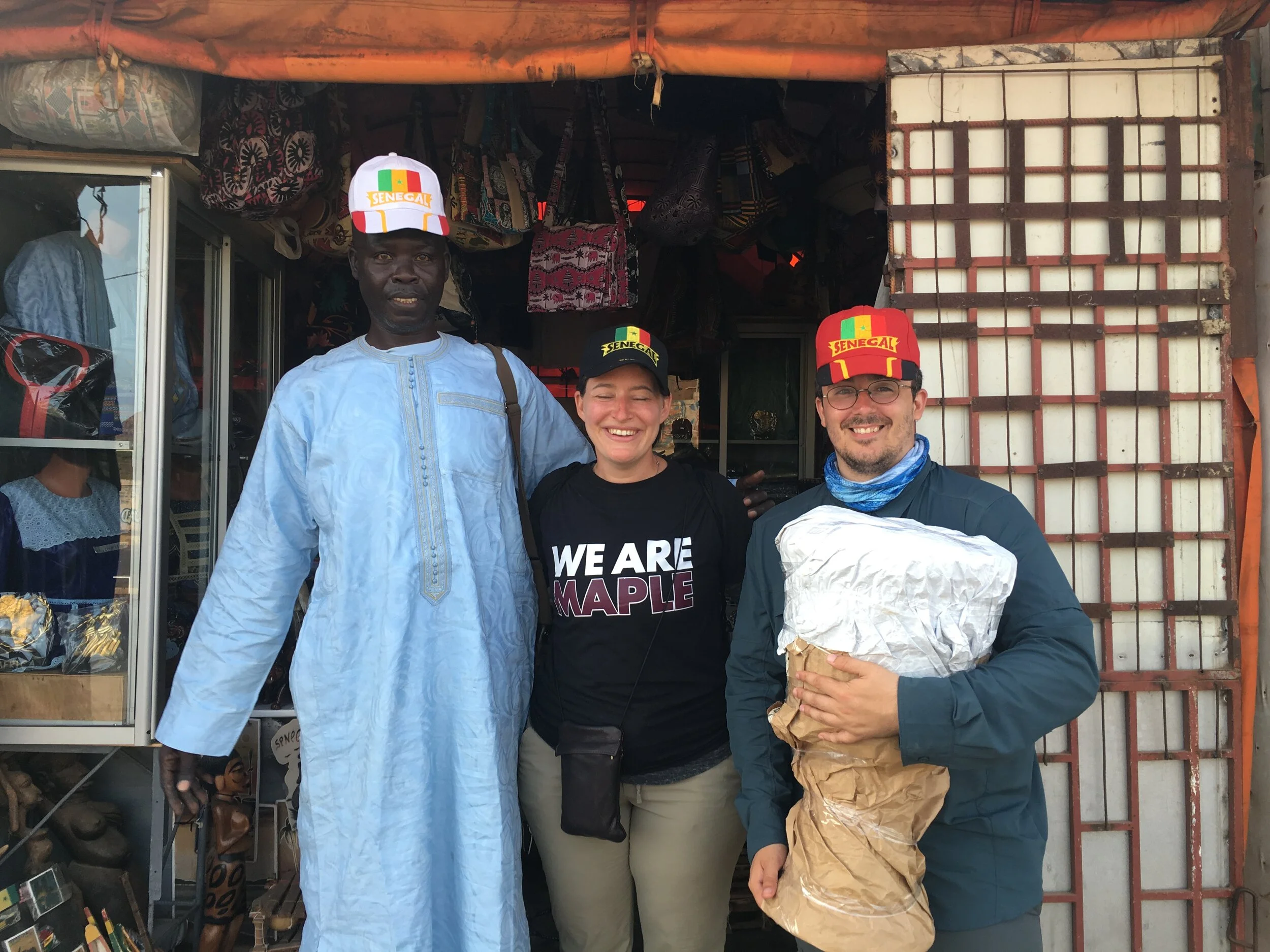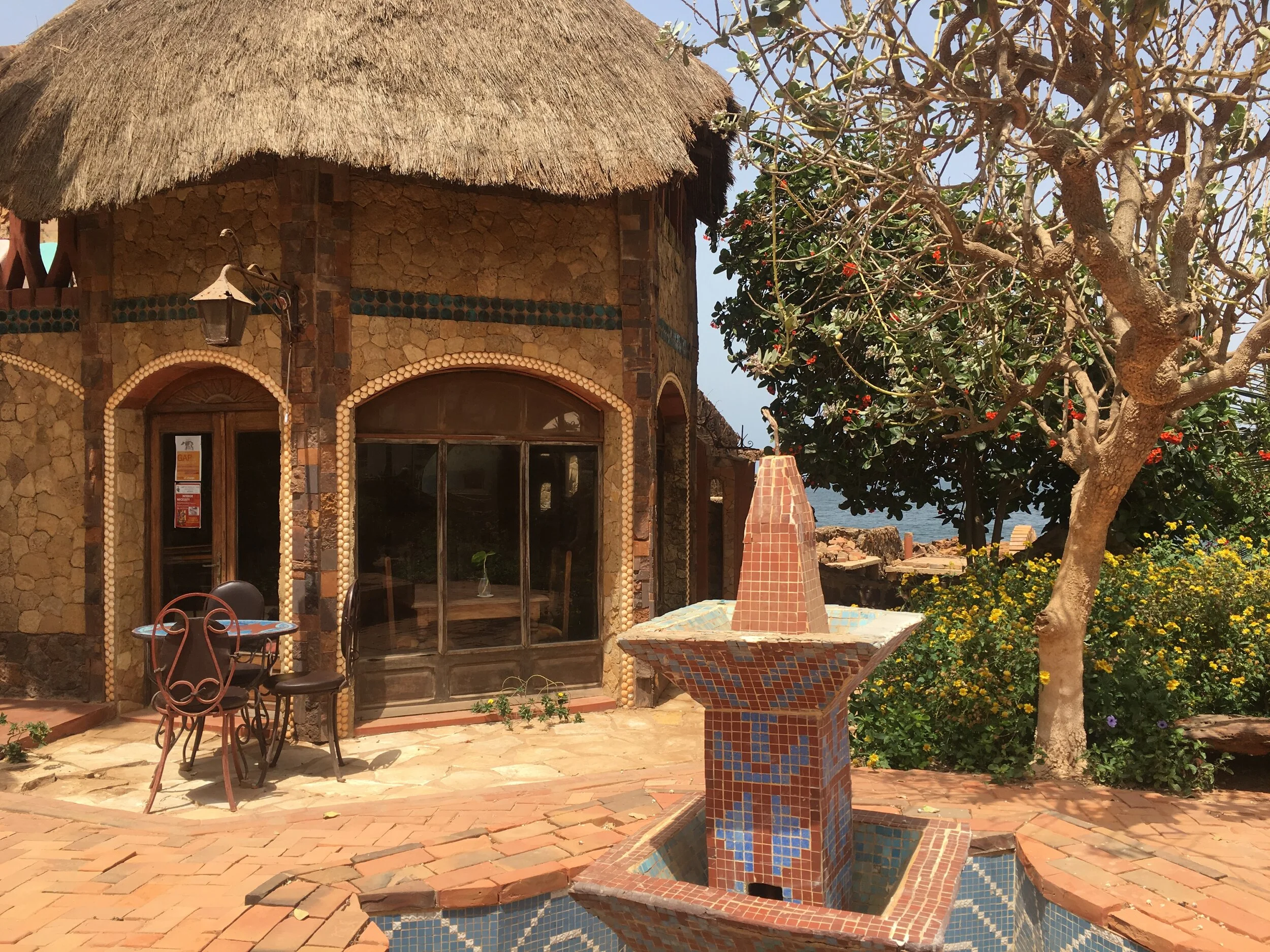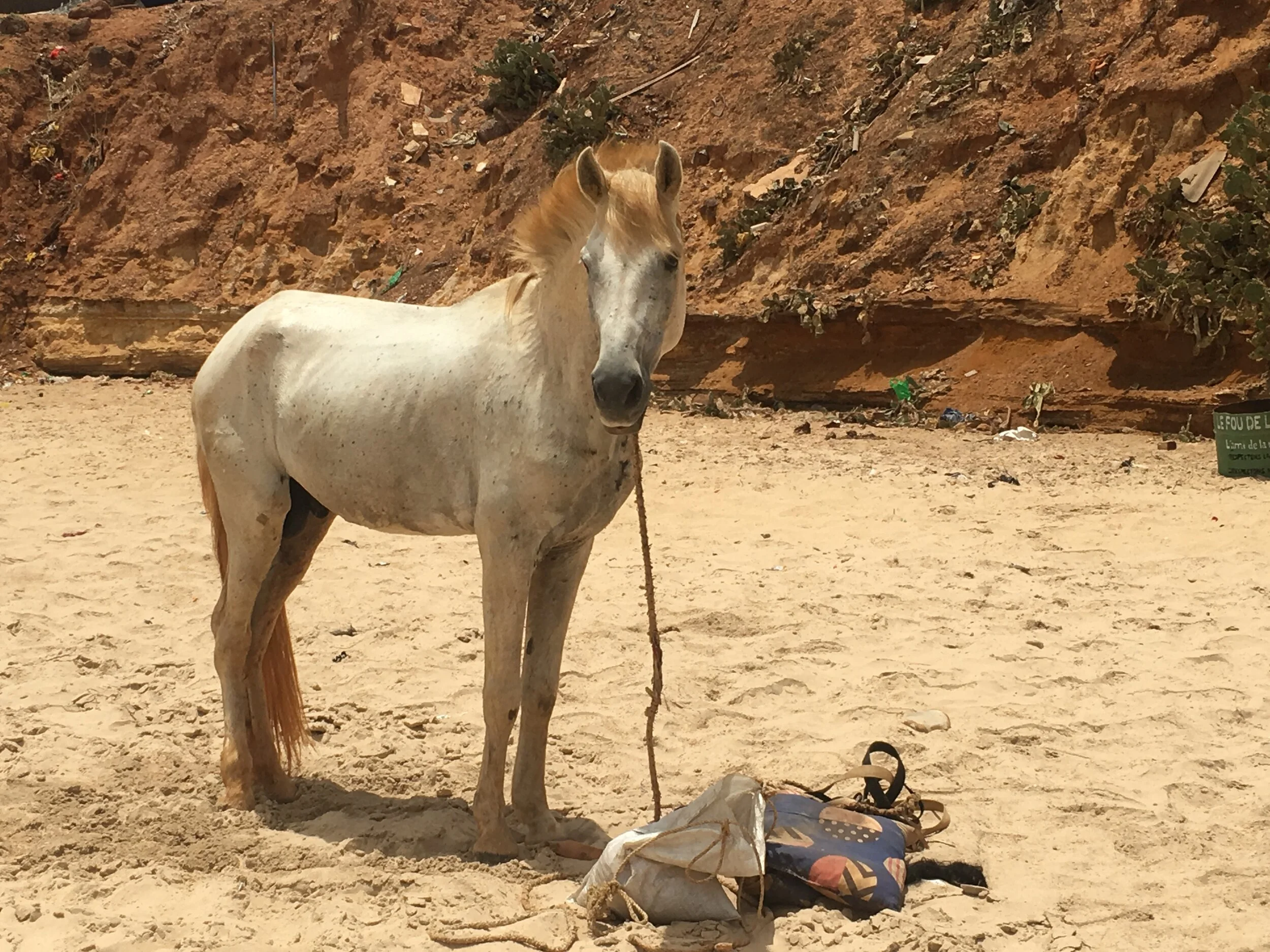Toubab
My olive skin that marks my mixed European descent acts as a curious barrier to categorization. In Asia locals thought I was Indian or Sri Lankan. In Italy people are confused by I can’t speak Italian. My students in Chicago thought I was mixed race but the most predominant assumption people make about me is that I’m Spanish.
Through the medina of Fes shop keepers go through the three sentences they know in myriad languages, “Madam, come look, I make you good price.” in English, French, Spanish. Often I’m shouted at, “Hola señorita.” In Senegal I was told I must be Spanish because I was there at the beginning of the rainy season and “Spaniards like rain.” The customs agent greeted me in Casablanca in Spanish and warmly welcomed me to Morocco. A Spanish woman asked for directions to the castle in Portugal in Spanish. I was able to answer her and she was surprised and impressed when I told her I was American.
In Laos the word for white person if Falang, literally “French person.” In Senegal, another former French colony the word is Toubab. Like many Americans, I can trace my roots back generations to my European ancestors, some of whom were French and immigrated to England with William the Conquerer in 1066. That side of the family has been in America for a long time. I’m about as removed from being French as one can get and yet I still feel the shame of colonization when I’m called out for my skin color.
This little girl lived in a village in Casamance, Senegal.
The Senegalese children are wont to point and shout “toubab, toubab,” when we walk by. We saw a gaggle sliding down a dirt hill on a crushed 10-liter plastic water container as if it was a sled on powdery snow. The children want their photo taken with us and to practice any English or French phrases they’ve picked up. They don’t seem to say “toubab” derogatorily or with any particular malice. We simply look so different from their own very dark skin.
In Morocco people come in all shades. There are light haired, green-eyed Moroccans who can trace their roots back to the piracy and white slave trade of the 1700s. There are black Moroccans with roots father south in Mauritania, Algeria or Libya. There are short and tall, curly haired and strait haired Moroccans. There are Berber Moroccan women with tattooed foreheads and chins.
The Senegalese kids loved taking selfies with my cell phone.
We stick out in other ways though. We don’t speak or read Arabic. We look like western tourists with our backpacks and our sneakers, checking our phones for directions and speaking in English. We don’t wear shorts or short skirts but we also don’t cover our heads. Not all Moroccan women do, but certainly more than half of the women we see wear a hijab.
Megan and I stuck out like a sore thumb every where we went.
We haven’t spoken to many women in Morocco. Like in Senegal, the tour guide industry is male-dominated. Women are often at home raising children and taking care of the household. We see tons of men in bars drinking tea and watching sports but we never see women loitering about. Morocco is one of the most liberal muslim countries in terms of women’s rights but like the world over, I can still see inequalities.
I’m lucky to have been born a white woman in America. I recognize that traveling is a privileged not afforded to everyone and I’ve been reminded time and time again of just how hard it is for a Senegalese or Moroccan native to get a visa to Europe or the USA and how easy it is for me to travel wherever I like.








